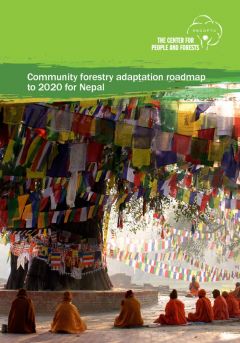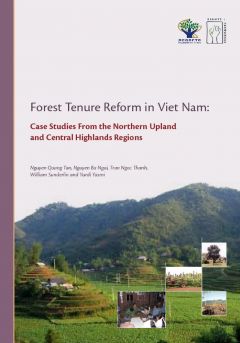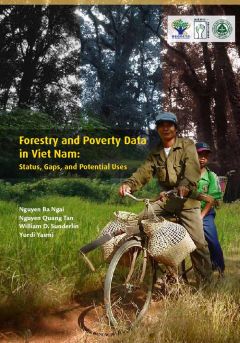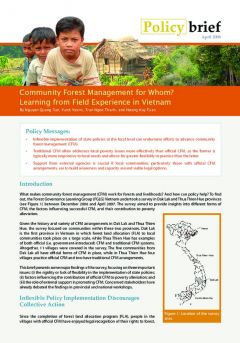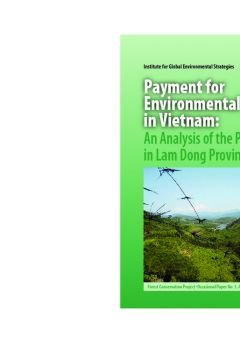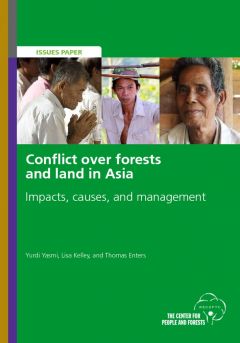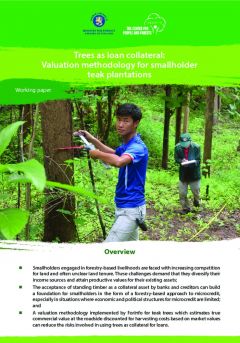Community Forestry Adaptation Roadmap to 2020 for Nepal
Changing weather patterns, declining agricultural productivity and health impacts have already spurred adaptive responses in communities across Nepal. Local coping strategies currently being employed include: crop diversification, rainwater collection, grass cultivation in forest areas, shifting natural resource based livelihoods to livestock, seasonal migration (to urban areas), storing grain seed fodder and grasses as well as a number of practices specifically related to sustainable forest management.

